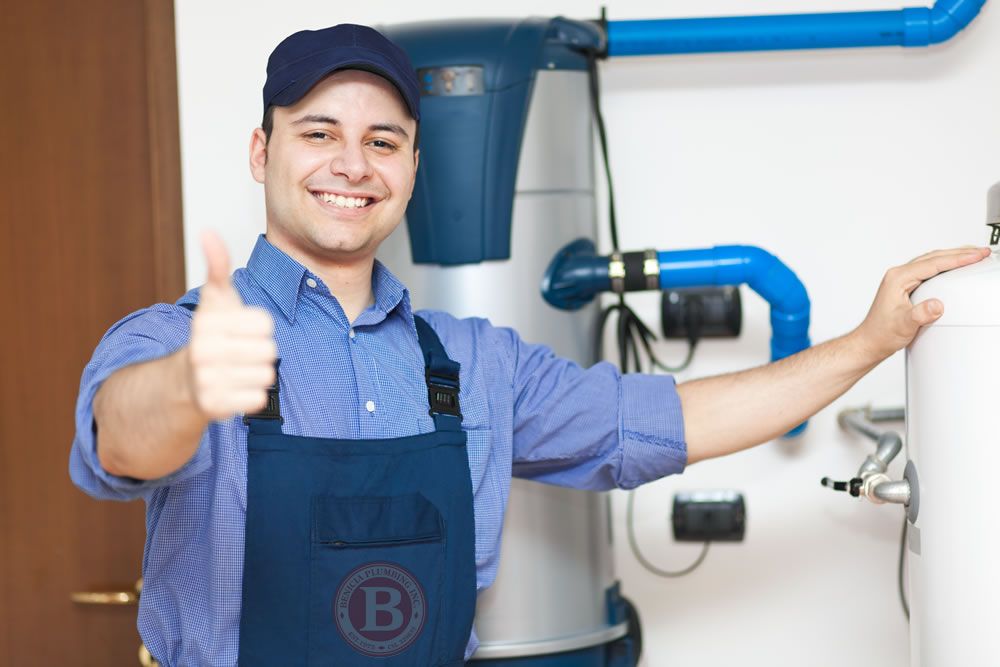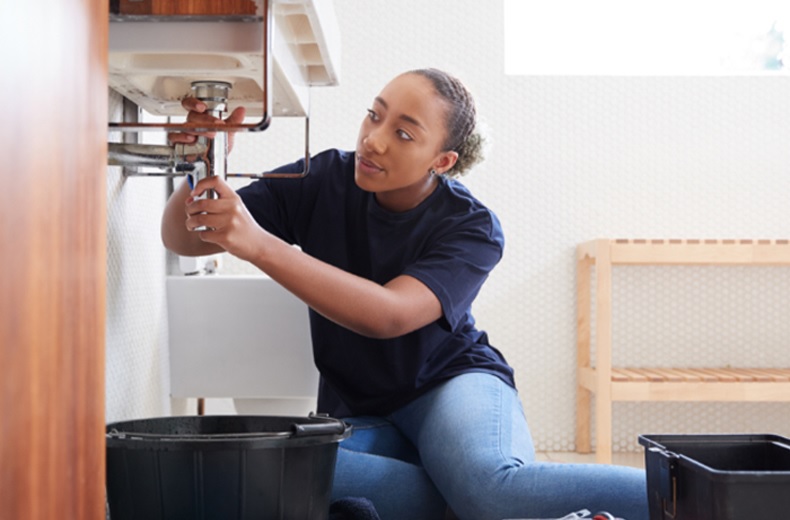Trusted Plumbing Services Alabaster AL for All Your Maintenances
Trusted Plumbing Services Alabaster AL for All Your Maintenances
Blog Article
A Step-by-Step Guide to Efficient Hot Water Heater Installment for Optimal Performance
Starting the task of setting up a hot water heater is a venture that requires accuracy and a systematic technique for attaining optimal efficiency. The process begins with the important decision of selecting the ideal heating unit tailored to the particular requirements of your home, taking into consideration variables such as type, energy, and dimension resource. As soon as chosen, preparing the installment area to satisfy security criteria is vital. Nonetheless, the trip does not end right here. As you continue, the intricacies of connecting water system lines and establishing reputable electrical or gas links await, promising understandings into making sure effectiveness and integrity.
Selecting the Right Hot Water Heater

Next, take into consideration the size and ability of the water heater. It's vital to evaluate your household's warm water needs, which can vary based on the variety of passengers and their usage patterns. A device that's too little might cause not enough warm water, while an oversized design could cause unnecessary energy intake.
Effectiveness rankings likewise play an essential function in choice. Try to find hot water heater with high Power Variable (EF) ratings, suggesting remarkable efficiency and lowered energy usage. Tankless designs, though usually extra expensive in advance, deal significant energy financial savings with time because of their on-demand home heating capabilities.
Preparing the Installation Area
Prior to installing a new water heater, thorough preparation of the installation location is crucial. It's vital to determine the room very carefully to suit the water heating system's measurements, making sure appropriate clearance around the system for reliable operation and servicing.
Following, eliminate any type of particles, dirt, or blockages from the site to create a clean atmosphere. Examine the flooring for security, as the hot water heater will certainly require a solid, level surface area to run effectively. If required, install a drip pan underneath the device to catch possible leakages or spills, preventing water damage to the surrounding area. In areas vulnerable to seismic task, think about installing seismic straps to safeguard the heating system strongly in location.
Additionally, ensure that all required devices and materials get on hand prior to beginning the installment. This includes items such as wrenches, screwdrivers, a degree, and any kind of added hardware required for securing the heating system and placing. A well-prepared installation area sets the structure for an effective water heating system setup, optimizing efficiency and security.
Connecting Water Lines
When attaching water system lines to your freshly mounted water heating system, it is critical to guarantee that all links are safe and leak-free to maintain reliable operation and avoid water damage. Begin by determining the chilly and warm water supply lines. The chilly water inlet is usually marked with a blue tag or a "C", while the hot water outlet is marked with a red tag or an "H".
Usage versatile water heating system adapters to assist in an easier setup process. Prior to attaching the adapters, place a plumbing technician's tape around the threaded ends of the water heater's inlet and outlet pipes.
Once links remain in location, gradually switch on the primary water system shutoff. Inspect each link for leaks by aesthetically checking and feeling for dampness. Tighten up links as required, and guarantee the stress relief valve is correctly installed, safeguarding versus too much stress build-up.
Establishing Up Electrical or Gas Connections
Properly establishing the electrical or gas connections for your hot water heater is a vital step to make certain secure and reliable operation. For electrical water heating systems, begin by confirming that the electrical circuit is suitable with the heater's voltage and amperage demands. Make certain the power supply is transformed off at the breaker to avoid crashes. Attach the electrical cords to the heater following the maker's circuitry diagram. Generally, this includes linking the ground cord to the eco-friendly terminal, and the staying cords to their matching terminals, safeguarding each with cord nuts.
For gas water heating units, safety is vital. Validate that the gas supply you can look here is off before proceeding. Link the gas line to the hot water heater utilizing an adaptable gas port, guaranteeing it is properly threaded and sealed with pipeline joint substance or Teflon tape appropriate for gas links. Tighten the connections with a wrench, making sure not to over-tighten (Plumbing Services Alabaster AL).
As soon as links are made, check for any type of prospective leaks. For gas lines, apply a soapy water service to the joints; bubbles show their explanation a leak. For electrical connections, confirm that all wiring is protected and correctly shielded, preserving compliance with regional electric codes.
Testing and Changing for Performance
With the electrical and gas links safely in location, the following step is assessing the operational effectiveness of your water heater. Begin by carefully transforming on the water supply and making certain there are no leakages at any of the shutoffs or joints.
Following, execute a detailed examination to make certain the burner or gas burners are operating correctly. For electric heating systems, use a multimeter to validate if the elements are attracting the suitable current. In gas models, observe the burner flame; it needs to be steady and blue, suggesting reliable burning.
Readjust the settings as required to eliminate inadequacies. Take into consideration implementing insulation measures, such as including a hot water heater covering, to even more enhance efficiency by minimizing warmth loss. Additionally, examine the anode rod's condition, as a tatty rod can lower effectiveness and result in container corrosion.
Final Thought
Effective water heater setup is essential for making sure optimal efficiency and power cost savings. Securely connecting water supply lines and very carefully establishing up electrical or gas connections decrease prospective concerns.

Appropriately establishing up the electric or gas connections for your water heating unit is a critical step to ensure secure and effective operation. For electrical water heating units, begin by validating that the electrical circuit is compatible with the heater's voltage and amperage needs. Connect the gas line to the water heating system using a flexible gas port, guaranteeing it is effectively threaded and secured with pipe joint substance or Teflon tape suitable for gas links.
Report this page